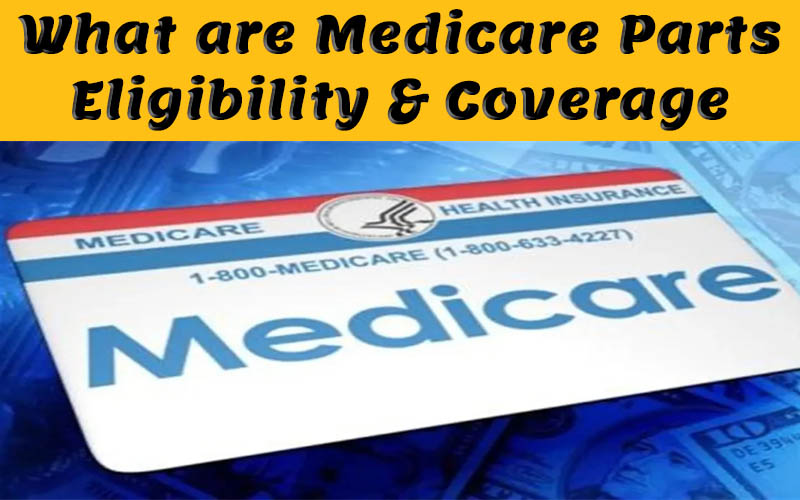Explore the impact of tariffs on consumer spending as Americans brace for new economic challenges in 2025. Learn about trends, forecasts, and implications for the U.S. economy.

As the United States gears up for the implementation of new tariffs, a sense of concern looms over consumer spending. With inflation rates soaring, the economic backdrop has prompted Americans to rethink their purchasing habits. Not only does consumer spending account for roughly two-thirds of the U.S. GDP, but its decline also raises alarms about the broader economic implications. Understanding the impact of tariffs on consumer spending has never felt so urgent.
Read Also – 👉👉👈👈
The Economic Landscape: Tariffs and Consumer Spending
Consumer Spending: The Backbone of the Economy
Consumer spending is undeniably the backbone of the U.S. economy, responsible for around two-thirds of the GDP. But with inflation continuing to hover above the Federal Reserve’s target levels, many Americans are applying the brakes on their spending. A CBS News poll recently revealed that 47% of respondents are not only worried about rising prices but also express concerns about how long these increases will last. This growing anxiety is leading consumers to tighten their budgets and alter their spending behavior in anticipation of further financial constraints. With the tariffs expected to influence the prices of a wide range of goods, the link between consumer confidence and spending will inevitably tighten, potentially sending ripples across various sectors of the economy.
Tariffs: A Double-Edged Sword
The impending tariffs aren’t simply an economic tool; they’re a contentious subject that could create an economic double-edged sword. While aimed at renegotiating trade agreements and supporting domestic industries, these tariffs may also backfire by pushing up the prices of imported goods. As a result, consumers are likely to find their purchasing power diminished. Even more concerning, as people shift their buying habits in response to expected price increases, a broader economic slowdown could occur. When consumers opt to forgo spending on durable goods – think appliances, cars, or electronics – this shift can disrupt supply chains and production levels, further exacerbating economic challenges. As we head into 2025, the interplay of tariffs and consumer behavior may dictate whether we experience growth or face a downturn.
Consumer Sentiment in a Changing Market
Factors Influencing Consumer Sentiment
- Rising Inflation: The constant rise in prices strains household budgets.
- Economic Uncertainty: Unpredictability in the economy leads to cautious spending.
- Generational Divide: Younger consumers are feeling the pinch more acutely than older generations.
What Industries Need to Know
Retail and Manufacturing: Preparing for Changes
The anticipated slow down in consumer spending casts a long shadow over key industries, particularly retail and manufacturing. As consumers become more price-sensitive, companies may need to rethink their pricing strategies and product offerings. Retailers could face challenges capturing sales as discretionary spending tightens, leading to carefully calculated markdowns and promotions. Furthermore, supply chains that rely on imported goods may experience shocks due to tariffs, compelling manufacturers to either absorb costs or pass them onto consumers. Adapting to this new landscape will be crucial for maintaining profitability and market share.
Economic Predictions: What Lies Ahead
As forecasts suggest a potential slowdown in growth, S&P projections highlight an increased chance of recession—perhaps as high as 25%. This bleak outlook underscores the urgency for businesses to adopt proactive measures. If macroeconomic conditions deteriorate and consumer spending continues to decline, we might be looking at reduced growth rates that tip the economy into recession. It’s a complicated web of financial threads that policymakers must untangle if they hope to keep the economic engine running without exacerbating inflation. Thus, staying vigilant regarding consumer trends will be critical in shaping effective economic strategies moving forward.
Public Opinions on Tariffs: A Divided Perspective
Contrasting Views on Tariff Effectiveness
- Supporters argue that tariffs can protect domestic jobs and industries.
- Critics warn that tariffs raise consumer prices and can spark trade wars.
- Public opinion shows a mix of concern about both short-term price spikes and long-term economic ramifications.
Conclusion: Navigating the Economic Complexities Ahead
As the implementation of new tariffs draws closer, their direct impact on consumer spending will undoubtedly shape the U.S. economy across 2025 and beyond. The complex interplay of tariffs, inflation, and consumer behavior emerges as central themes that policymakers, businesses, and consumers must navigate with care. With Americans bracing for potential price increases on everyday goods, economic stability hinges on intelligent policy responses that foster growth while safeguarding against unchecked inflation. In these uncertain times, a broadening of perspectives and adaptive strategies is essential to weather the storm—leading us towards a more sustainable economic future.
FAQs
What are tariffs and how do they affect consumer spending?
Tariffs are taxes imposed on imported goods, intended to protect domestic industries by making foreign products more expensive. These added costs can trickle down to consumers, resulting in increased prices for everyday items. When consumers anticipate higher costs due to tariffs, they often become more cautious with spending, which can collectively slow down the economy. As consumers buy less, companies may face reduced revenues, leading to a cycle of lower employment and investment—all indicators of economic slowdown.
How will the new tariffs impact different age groups in the United States?
Younger generations, like Gen Z, often feel financial pressures more acutely than older age groups, particularly when it comes to discretionary spending. Economic factors, such as rising inflation and anticipated tariffs, may motivate them to cut back on non-essential purchases. Conversely, higher-income individuals may continue spending on luxury items or experiences despite economic uncertainty. However, if the overall consumer climate declines, even affluent segments might curtail spending, amplifying the economic challenges presented by the new tariffs.
Related Videos
Read Also –
This article is for informational purposes only and does not constitute financial advice. Please consult with a financial advisor for personalized guidance.
Read Also –
Hey! I hope you enjoyed reading this! If you did, could you do me a small favor and hit the like button? It would mean a lot to me and help me reach more people. Thank you so much! Got any thoughts on this post? Drop them in the comments below!
How many stars would you give for my effort?





